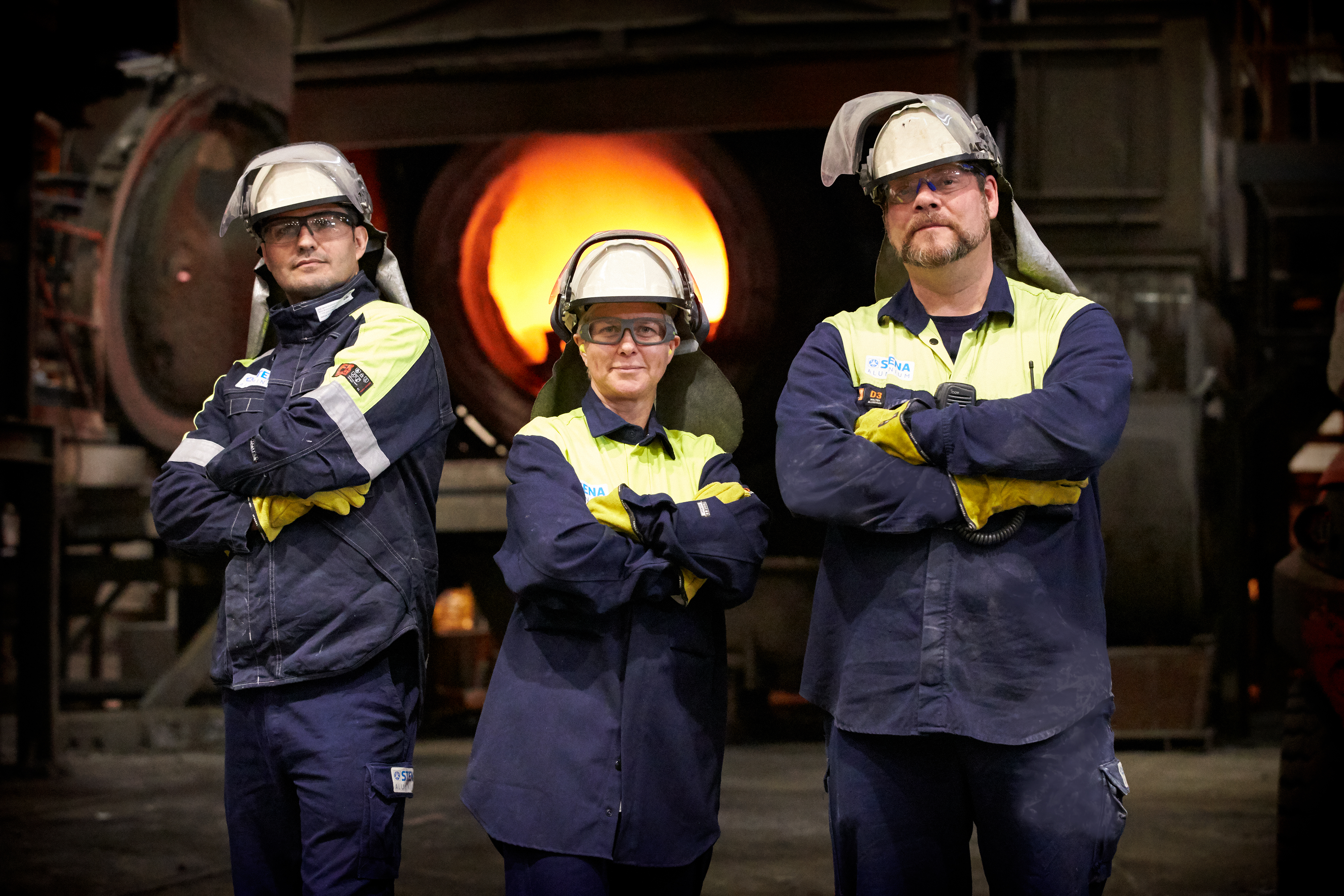
Our culture
Everything we do is with the long term in mind, and we build for the next generation.
At Stena Aluminium, we believe that everyone can contribute towards a more sustainable tomorrow. We're seeking team players with positive attitudes and a passion for making a difference. Join us and use your potential to create a better future.



